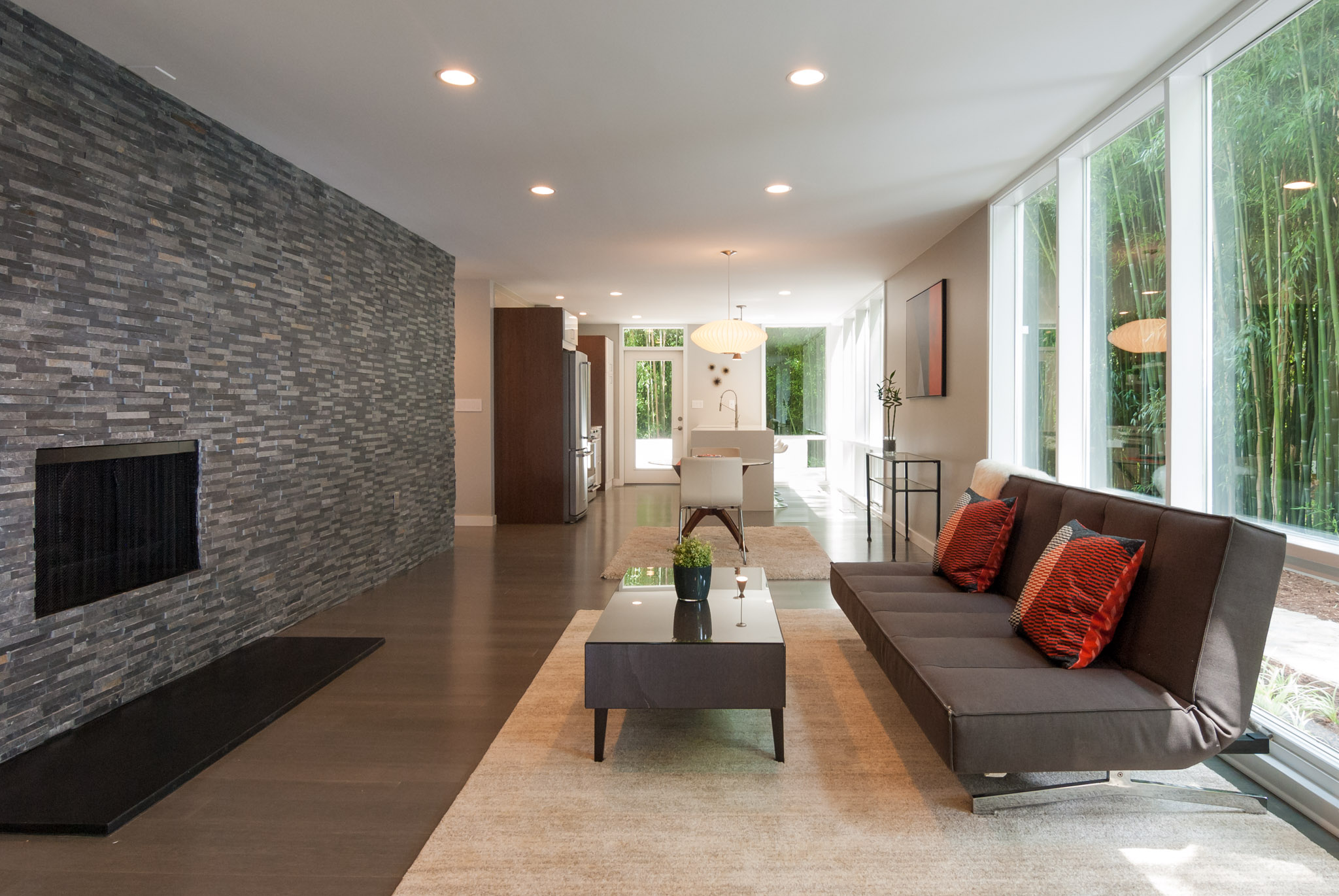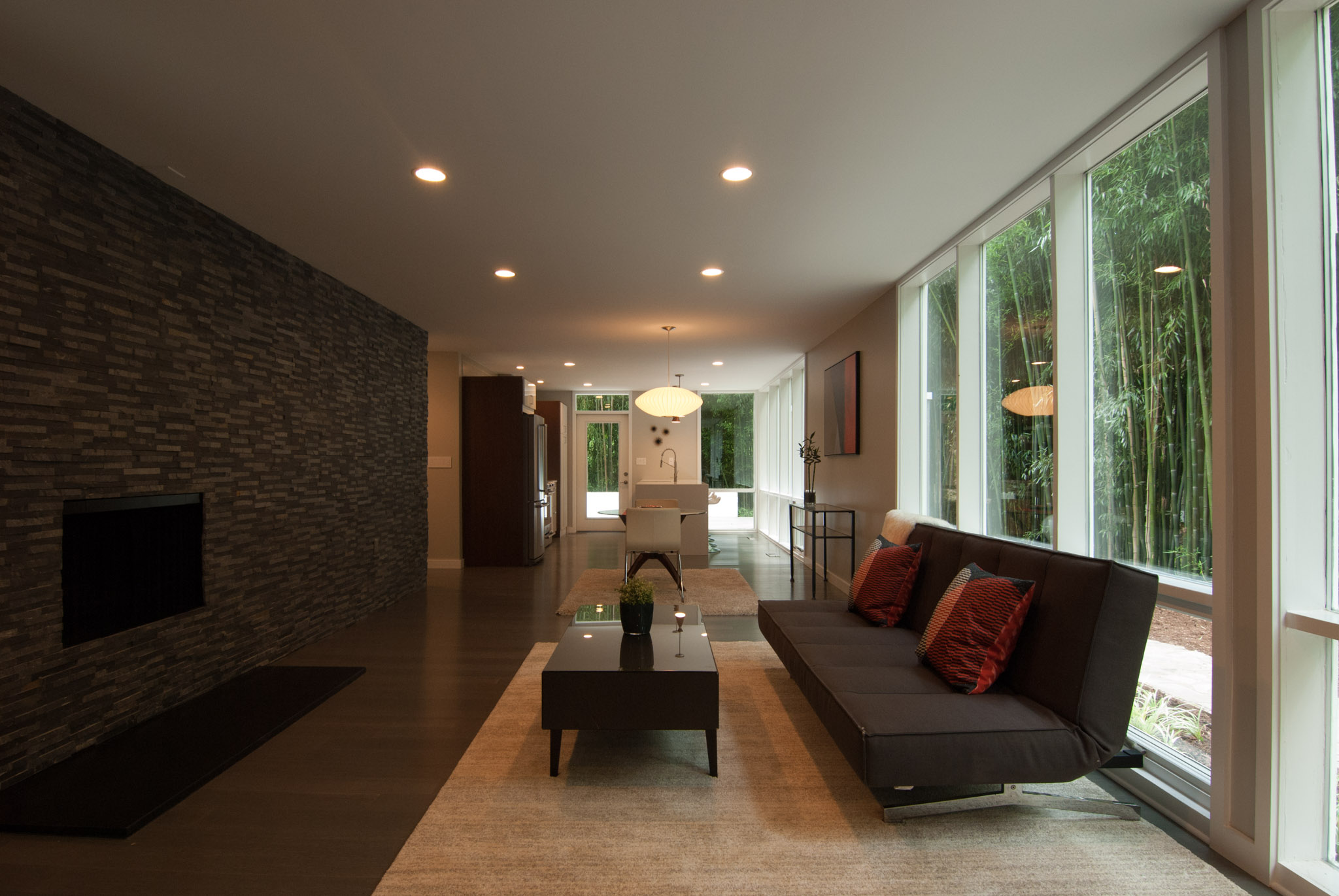I'm out on the road for work and get to perform in some pretty interesting venues. As soon as our bus pulled up to the Bicknell Family Center for the Arts, I knew that I was going to want to try to make a twilight exterior shot of it. I had the foresight to bring my camera, but I had left my tripod back at the hotel. Bummer. Luckily I was able to handhold the camera and compromise a bit on aperture and ISO.
After arriving at the venue, unloading the equipment truck, and doing a soundcheck, I ran outside to see what was happening with the light. The trick to exterior twilight photos is to wait until the waning daylight balances with the manmade lighting fixtures. In this case, I got lucky and was able to get outside just as things were starting to get interesting.
The shot I saw in my head when the bus first pulled up was head-on from the front of the building. So I walked out across the street to try to get a good shot of the whole building from the front. I could only go so far back before a line of trees got in my view, and I wasn't able to get an unobstructed view of the front what with the landscaping and streetlights. Then I saw this:
Gaining an elevated position can be a huge help when photographing larger buildings.
Jackpot. The field behind me must have been used for marching band rehearsals or football practice. Who knows. All I know is that they left their tower there. Against my better judgment, I climbed up the tower. Nearing the top, I was starting to think it was a bad idea as those tires don't create the greatest sensation of stability. Regardless, the view was great from up there and it solved a lot of my obstruction problems. After shifting my weight around to get into shooting position, I had to wait several seconds for the darned thing to stop swaying before I could take a steady shot.
Notice how the streetlights don't obscure large parts of the building. From ground level they actually appeared to stick up above the building, which was very distracting. There were some power lines in my shot, but those were really easy to clone out later so I didn't mind.
The shot at the very top of this post ended up being my favorite even though I snapped it while waiting for my Jimmy John's order to arrive. Being down on the ground can lead to a more dramatic angle, although you need some working distance. I was way back at the corner of the property (past the lower right side of the other photo), shooting at an equivalent of about 35mm.
The front elevation is interesting, but the building really seems to come to life when photographed from an angle. You can really see the juxtaposition of straight lines and curves, as well as the interplay between the different vertical layers.
A final note: These photos were made hand-held at higher ISOs and larger apertures than I would typically prefer for architectural photography. 1/13 of a second was really as low as I felt comfortable hand-holding, and as it was, I was using mirror-lockup mode to minimize blur from the mirror slapping around inside the camera. So what would I prefer? ISO 100. f/8-f/11. These settings would have resulted in a shutter speed closer to 1 second. That's clear tripod territory, but when you're stuck, you have to make do!










